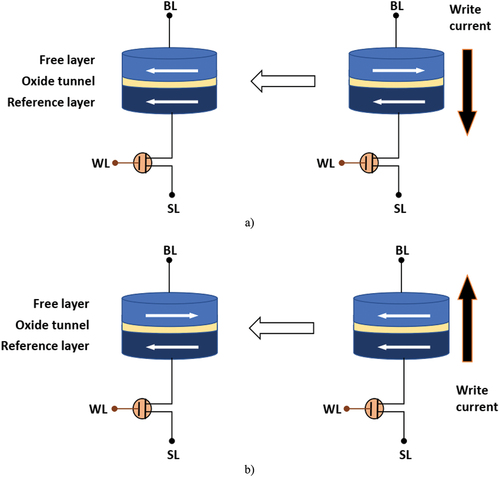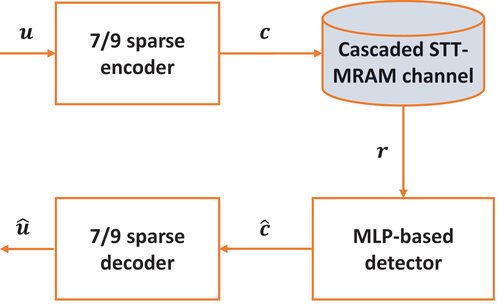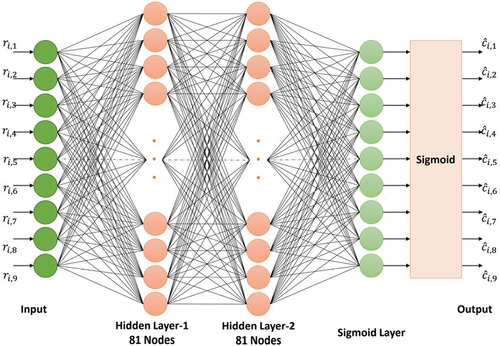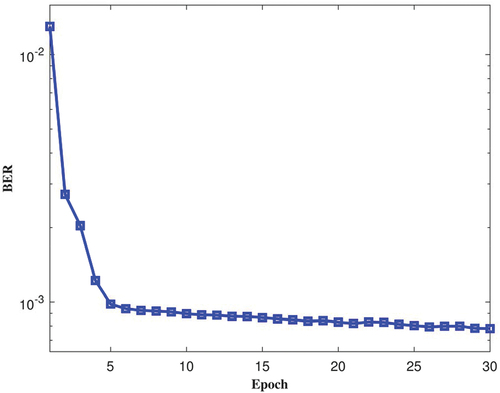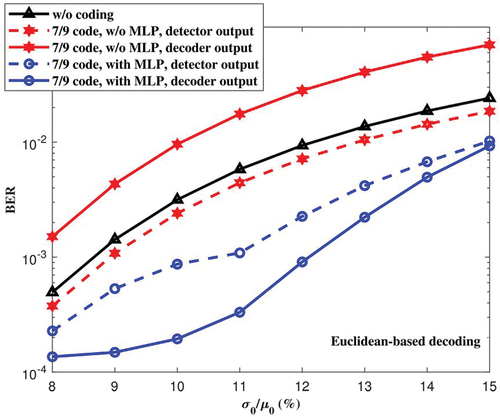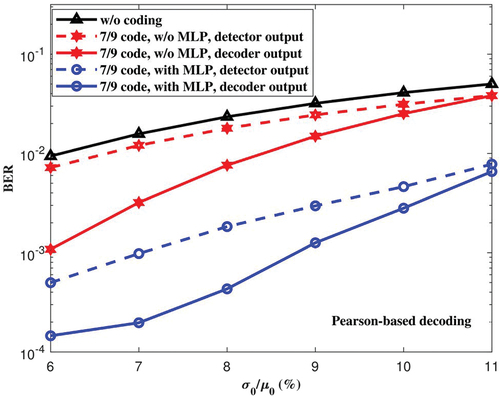Figures & data
Figure 2. Cascaded STT-MRAM model, for reading with write-0 direction. WEM: write error model; REM: read disturb error model; GMC: Gaussian mixture channel.

Table 1. Parameters of the proposed MLP architecture
Table 2. BER comparison for offset of and
between pearson-based decoding and Euclidean-based decoding
Table 3. BER comparison between the proposed model and ref [27] at offset of and

